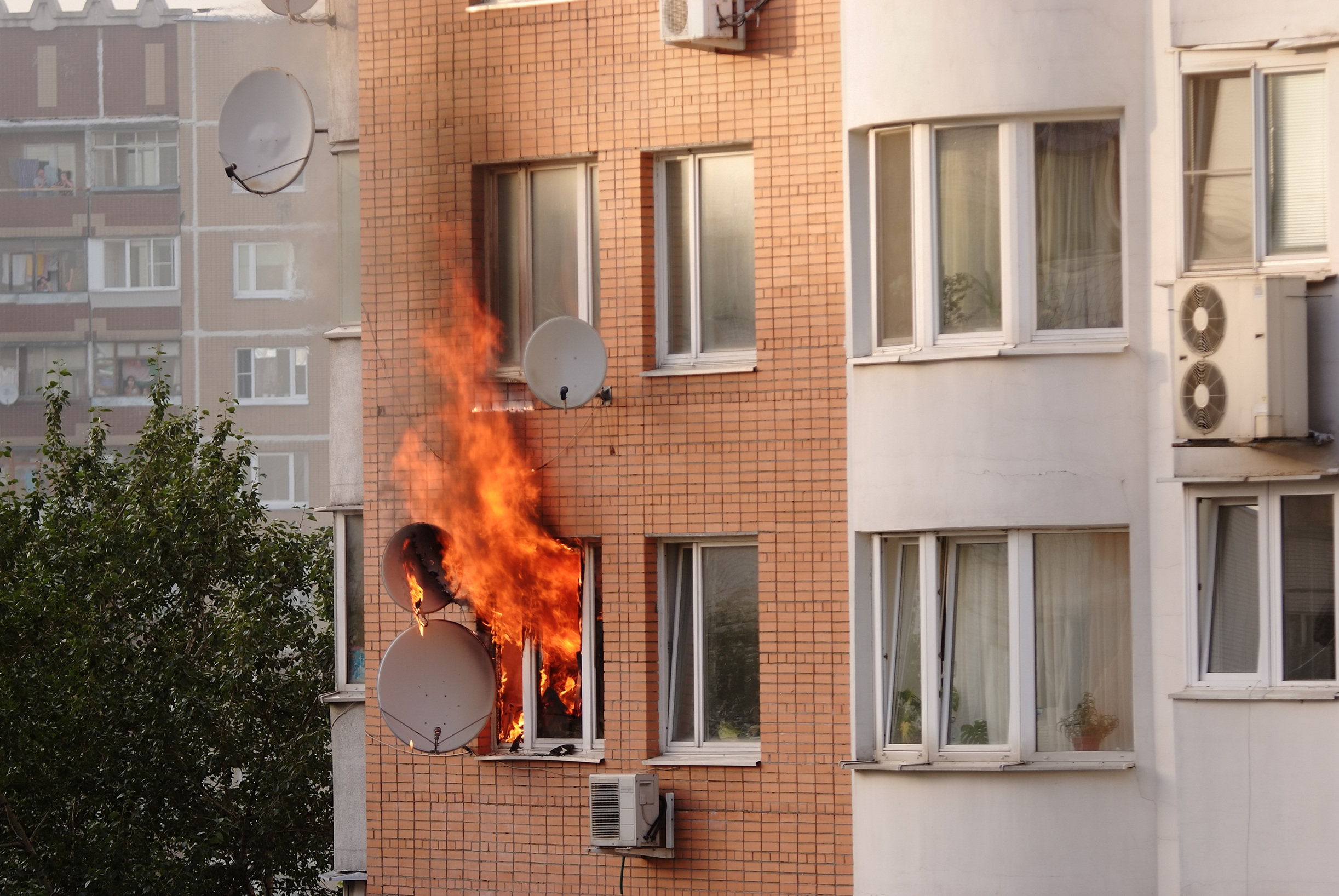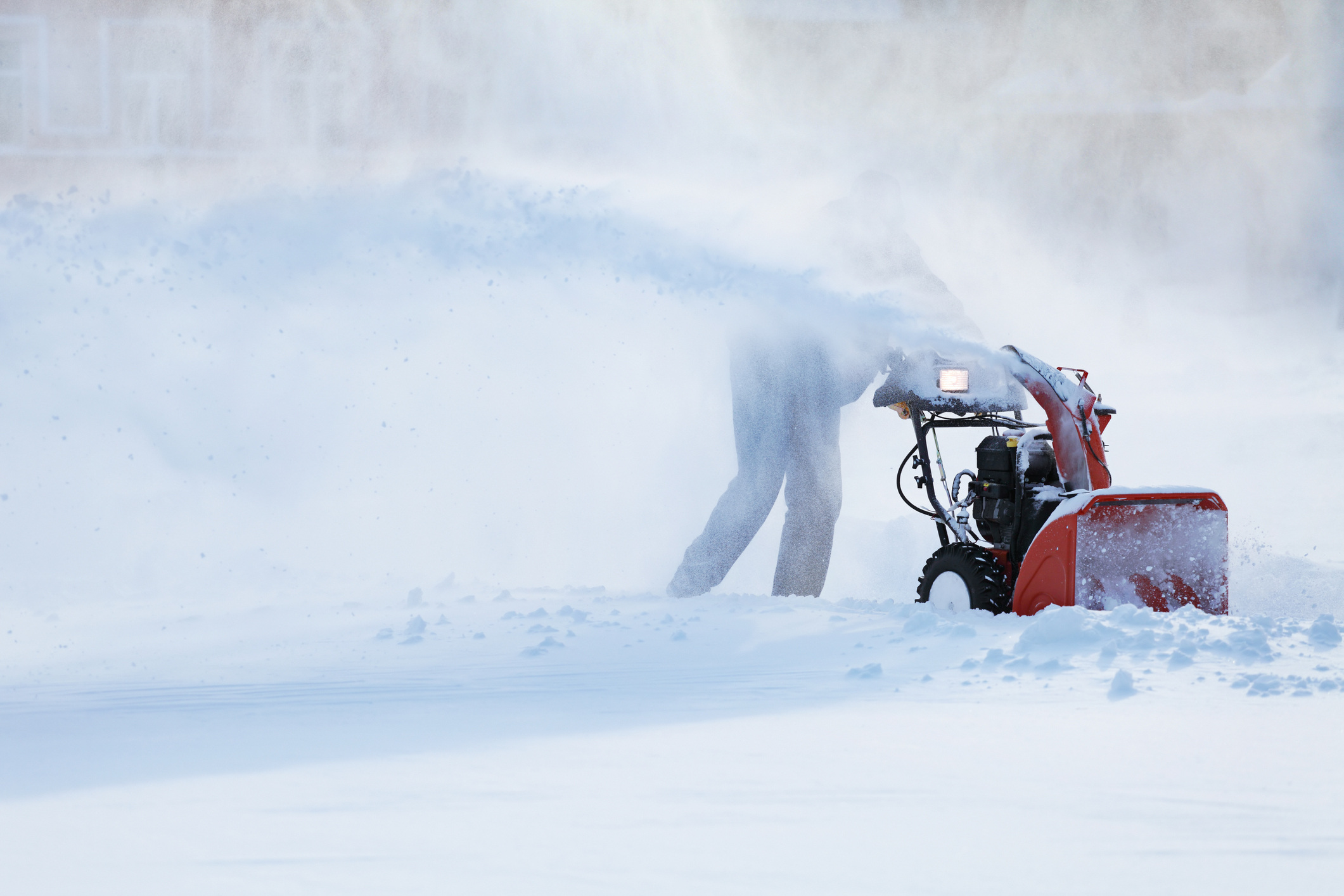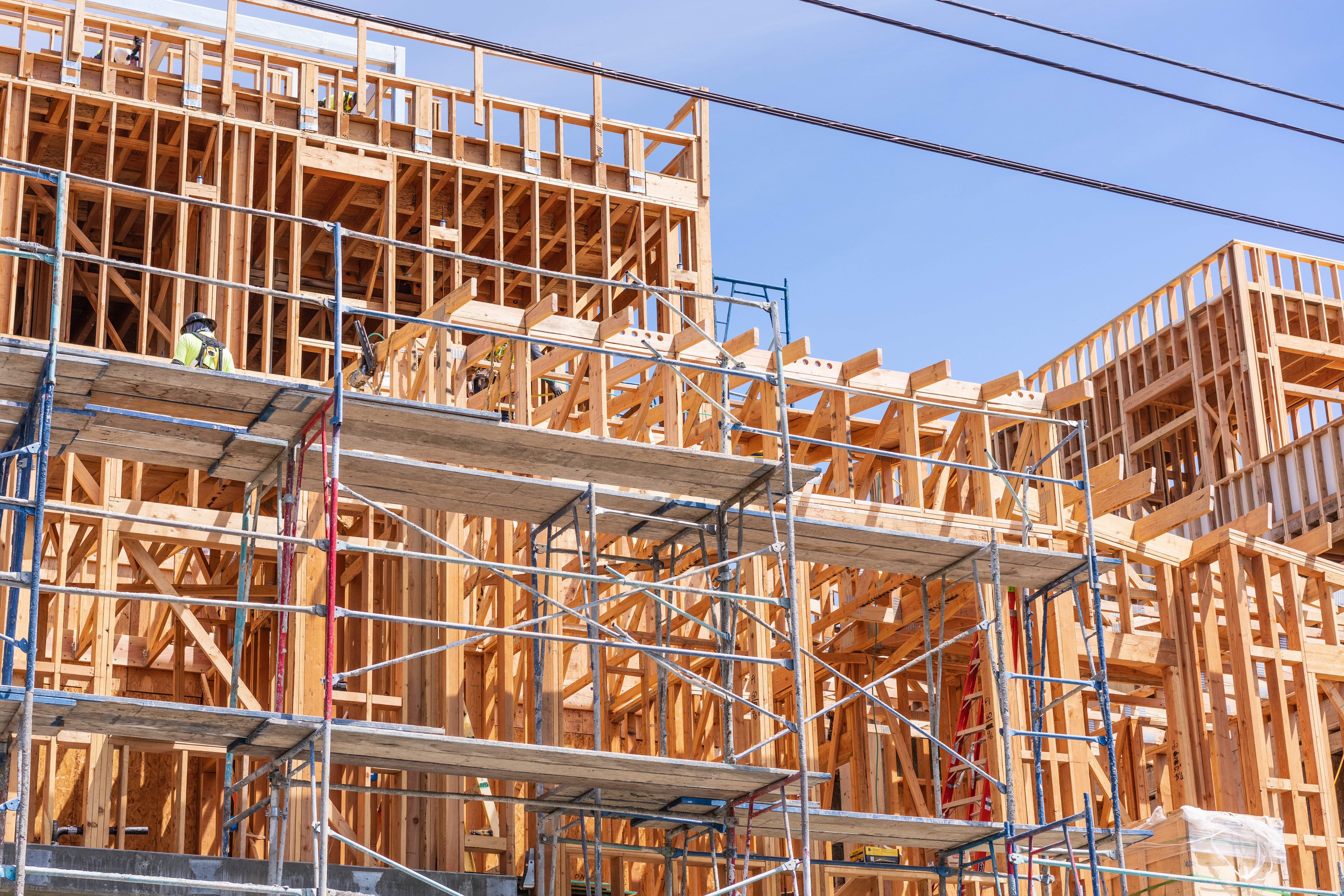Public and affordable housing organizations strive to fill vacancies as quickly as possible to fulfill community housing needs and avoid loss of rental income, but it's not always feasible.
Vacant units and properties that aren’t properly monitored and maintained can lead to unforeseen costs due to fire, water, and weather-related damage, said Mary Ciccaglione, a manager with HAI Group’s Risk Control and Consulting team.
Vacant vs. unoccupied: What's the difference?
A unit is considered vacant if it has no occupants. A property is considered vacant when all occupants have moved, leaving the property empty or containing only limited business personal property.
A property is considered unoccupied and not vacant when the day-to-day activities or operations of that building are temporarily suspended.
Maintaining vacant properties

Properties tend to become temporarily vacant during larger rehabilitation projects or if structural problems are discovered. If a vacant property is scheduled to be demolished, it still poses safety risks and shouldn’t be left to deteriorate, Ciccaglione said.
“Regular inspections should be conducted at different times of the day,” she said. “The inspections should be done daily or weekly, noting any signs of hazards, vandalism, or trespassing."
Security
- The outside of vacant properties should be properly secured with a perimeter fence to prevent trespassing.
- Below-grade and ground-level doors and windows should be secured with locks at all times. The roof should also be secured from outside entry.
- Monitoring alarms should be present inside and outside the building to detect any intrusion and should be monitored by a central station alarm company. A security service providing daily monitoring is also recommended.
- Ample lighting should be provided at all entry points.
- Working with the local police to monitor the property can also help prevent vandalism.
- Maintain the exterior of the property to deter trespassing.
Fire safety
According to a 2018 National Fire Protection Association report, an average of 30,200 vacant building fires per year were reported nationwide between 2011-2015. These fires resulted in an average of $710 million in direct property damage per year.
The report also notes that a majority of the fires (57 percent) occurred in unsecured vacant buildings, emphasizing the importance of property security.
- Ensure vacant properties are secure to reduce the risk of arson or accidental fire.
- Notify first responders of any vacant properties so they can proactively formulate a response plan that considers any potential hazards.
- Ensure combustible storage, waste, refuse, and vegetation are clear from the interior and exterior of a vacant property.
- Maintain fire protection systems. Consult with your local fire department or authority having jurisdiction (AHJ) before taking any fire protection systems offline.
- Continue to test and maintain sprinkler systems in accordance with National Fire Protection Association (NFPA) 25.
- Contact the appropriate utility companies to have services disconnected.
Weather
Vacant properties should be maintained inside and outside to prevent slip, trip, and fall incidents, Ciccaglione said.
“Frozen pipes are also a risk during winter months and cold snaps, so if a vacant property has a sprinkler system and it hasn’t been drained, keep the heat at 55 degrees or above,” she added.
It's mentioned in the last section, but critical to reiterate that fire protection systems like sprinklers should be kept online in vacant properties. There are instances where it’s acceptable to drain a vacant property’s sprinkler system, such as if it’s set to be demolished, but always consult with your AHJ beforehand. If no sprinkler system is present and all water is drained from sprinkler supply lines, plumbing fixtures, and water heaters, the property’s heat can be shut off.
Planning before a storm is the best way to prepare for bad weather:
- Roofs should be inspected regularly to check for sagging or ponding and to ensure drains and scuppers aren’t clogged.
- Clear any vegetation, such as dangling tree branches or loose materials, from the exterior of vacant properties to prevent wind damage.
- After a major storm, the condition of roofs and buildings should be checked.
- Ensure that all pump rooms and mechanical areas are heated to prevent a broken pipe or sprinkler malfunction.
Maintaining vacant units

Units tend to become temporarily vacant after move-outs or during renovation projects. There are situations where units can remain vacant for an extended period. Problems often arise during extended vacancies, notes the U.S. Department of Housing and Urban Development’s (HUD) Maintenance Guidebook.
“Vacant units are an invitation to vandalism and security problems, which create an undesirable and unsafe environment,” the guidebook states.
Security
It’s assumed that vacant units aren’t a target for thieves and vandals because they’re empty, but this is inaccurate. Vacant units are often the target of criminals looking to steal appliances left in the unit or to remove electrical or plumbing materials made of copper, Ciccaglione said.
Vacant units also attract the potential for arson. An NFPA report notes that half of all vacant building fires reported between 2011-2015 were intentionally set.
- Change out locks when a unit becomes vacant.
- Staff should inspect vacant units daily, if possible, to ensure they are locked and secure.
- Consider adding security monitoring systems to vacant units to detect any unauthorized entry.
- If a vacant unit is undergoing renovations, maintain a list of contractors authorized to access the unit, and ensure the unit isn’t left unsecured as workers come and go.
Fire safety
With no occupants, it can take longer to detect and report a fire in a vacant unit, potentially endangering those living in the building. A Federal Emergency Management Agency (FEMA) report on vacant residential building fires notes that over half of all vacant building fires spread to involve the entire building.
“Secure and inspect vacant units to prevent arson incidents,” Ciccaglione said.
Keeping vacant unit entryways closed and locked is more than a security measure. Closed doors help prevent the spread of fire. In high-rise properties, units are often equipped with special fire-rated doors that help slow the spread of fire to other portions of the property, Ciccaglione said.
Smoke and carbon monoxide detectors should be installed and continually monitored, Ciccaglione added.
Weather
Vacant units are more susceptible to frozen pipes. The ensuing water damage could also go undetected for an extended period.
- Keep the temperature at or above 55 degrees.
- Open all vanity cabinets to expose pipes to warmer air.
- Keep all interior doors open to allow for airflow throughout the unit.
- Keep all windows and storm windows closed to the elements.
If a pipe bursts, shut off the water (know where the water shut-off valve is located so it’s not a mystery during an emergency). If the burst is near electrical switches or fuse boxes, turn off electricity in that area. Contact a licensed plumber to help remedy the problem and remove as much water as possible. Consider calling a remediation vendor for assistance. Make sure all damage is documented, including photos, and contact your insurance carrier immediately.
Vacant property insurance implications

If your property remains vacant for an extended period, there could be insurance implications. For example, most commercial insurance carriers include language in their property policies that says if a building is vacant for a certain period, coverage for that building drops.
This is standard practice, as vacant buildings present a high risk of vandalism, theft, and damage. At HAI Group, ordinary property coverage of a vacant building drops after 120 days.
To avoid paying for the property coverage of a building that's not actually covered, it's critical that you notify your insurance carrier as soon as you know a building has become vacant. If you have property insurance through HAI Group, check in with your account executive so they can remove the vacant building from your property policy, and if necessary, find an interim coverage solution.
Have risk-related or insurance questions related to your public or affordable housing properties? We're here to help:
This article is for general information only. HAI Group makes no representation or warranty about the accuracy or applicability of this information for any particular use or circumstance. Your use of this information is at your own discretion and risk. HAI Group and any author or contributor identified herein assume no responsibility for your use of this information. You should consult with your attorney or subject matter advisor before adopting any risk management strategy or policy.






